exoskeleton
Latest
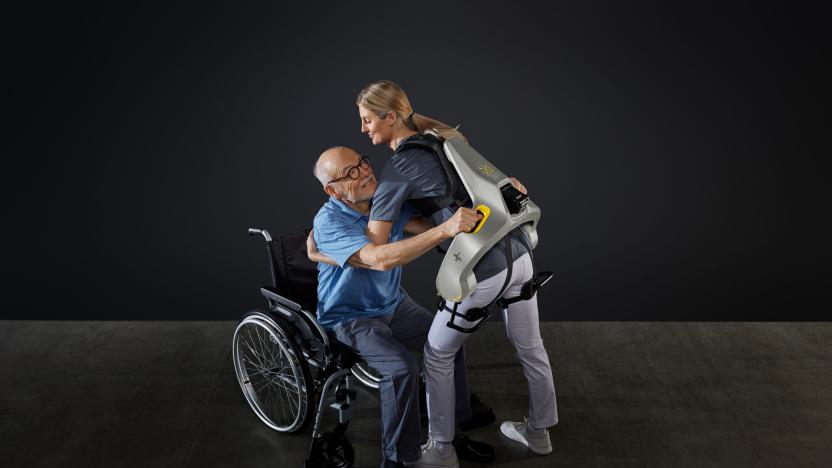
German Bionic’s latest exoskeleton helps healthcare workers lift elderly patients
German Bionic, the robot exoskeleton startup behind the lightweight Apogee exosuit, just revealed the Apogee+, a hardware refresh intended to service health care workers. The powered exoskeleton allows nurses and other health care professionals to have greater access to patients, particularly the elderly and the infirm. The company hopes to decrease the “immense levels of stress endured” by these medical professionals.
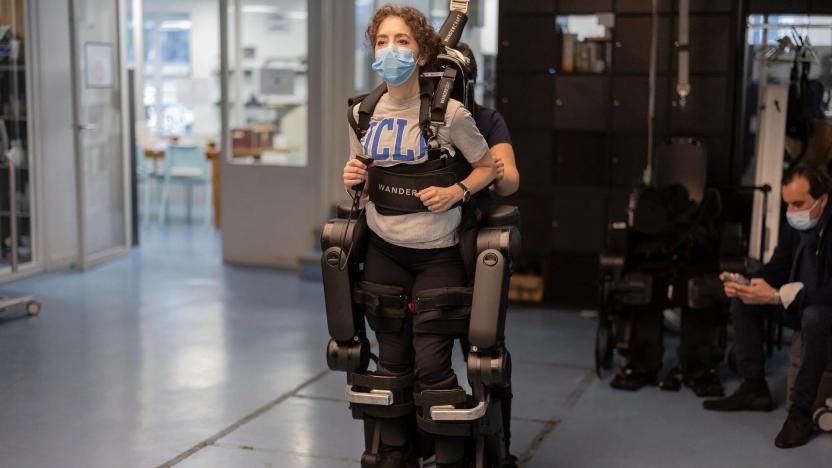
FDA clears Wandercraft's exoskeleton for stroke patient rehab
Wandercraft's exoskeleton has received FDA clearance to help stroke patients recover their gait.
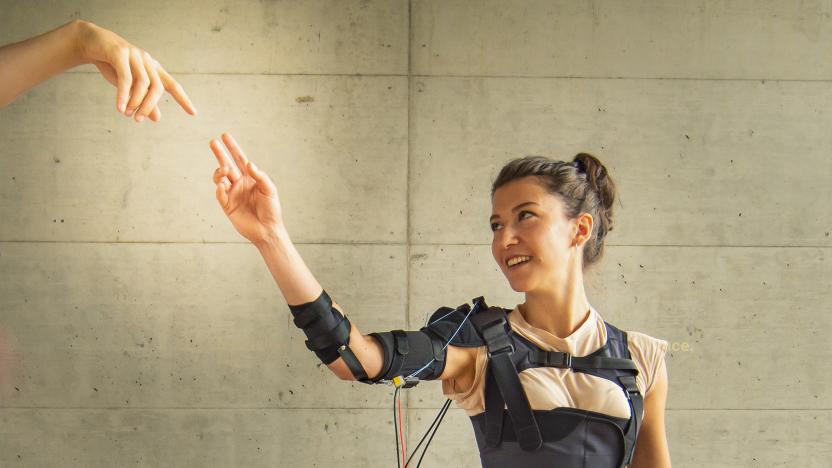
Wearable arm muscles could help overcome upper body injuries
A new wearable arm exoskeleton could provide strength and endurance to people with upper body injuries.

Many Americans distrust emerging technology, new study finds
Change is hard and new things are scary, according to the survey's respondents.
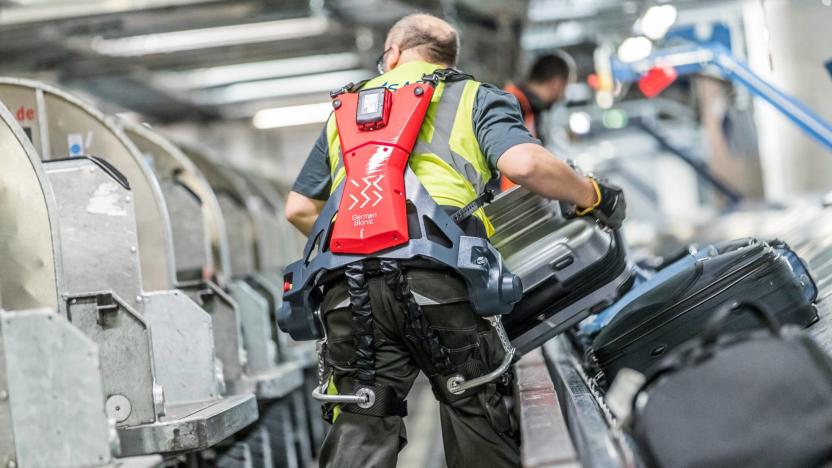
German Bionic's connected exoskeleton helps workers lift smarter
The new Cray X exoskeleton from German Bionic not only lifts 30kg with ease, it also actively monitors the wearer's movements, preventing them from straining something painful.

Wandercraft's latest exoskeleton lets paraplegics walk with a more natural gait
Paris-based Wandercraft has announced that it's latest exoskeleton now gives patients a more natural gait during rehabilitation exercises.

Watch Hyundai's CES 2022 robot show in under 6 minutes
Hyundai outlined its robot-driven future at CES 2022 — you can watch the highlights from its presentation in less than 6 minutes.
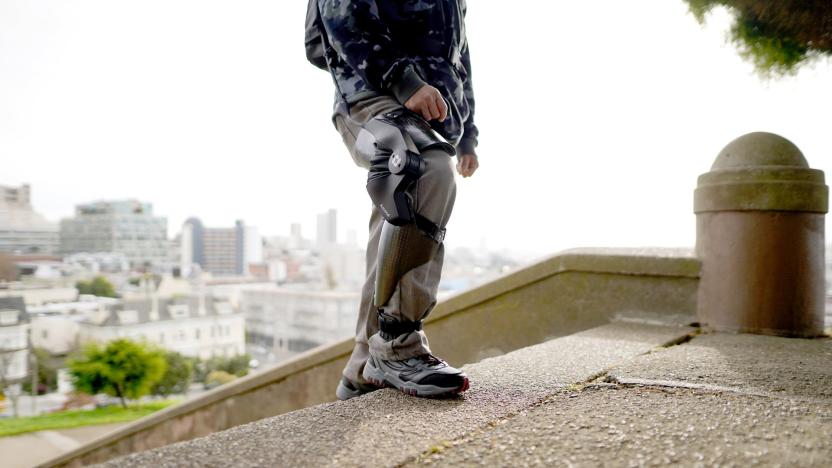
The Ascend is a robotic knee brace on a budget
Bay Area startup Roam Robotics has a less intensive and expensive means of getting folks with mobility issues back on their feet. It’s called the Ascend and it’s a sub-$10k exoskeletal knee brace for everybody.
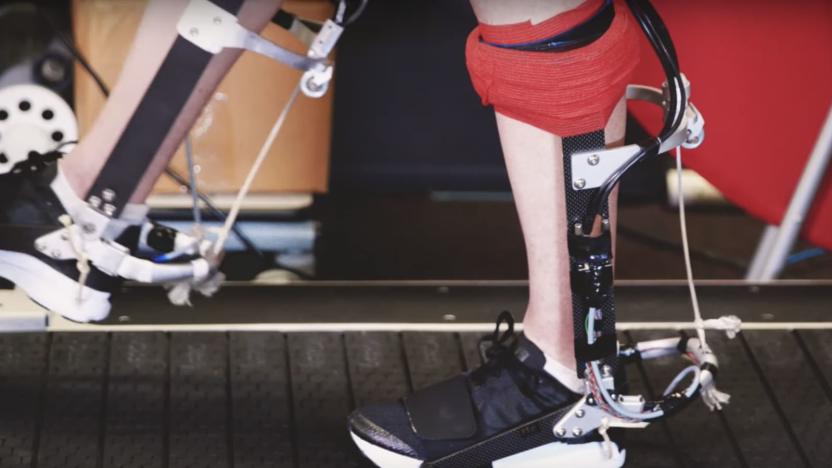
Engineers test a powered 'ankle exoskeleton' to make running easier
Ankle exoskeletons could help you run longer and faster and even serve as a new mode of transportation, according to a team of Stanford University engineers. The engineers tested a motorized exoskeleton rig that attaches around the ankle and foot and found that it made running 15 percent easier. They explained that when the exoskeleton's motor is switched on, it reduces the energy cost of running and allows the user to run longer than they're usually capable of. The device can also boost a runner's speed by as much as 10 percent.
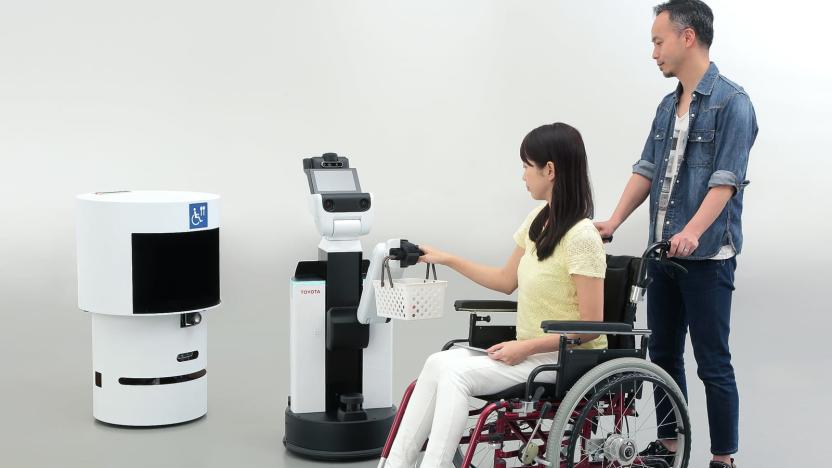
Robots will serve as guides for the 2020 Olympics
You didn't think a 2020 summer Olympics set in Japan would go without some robots, did you? Sure enough, they're on their way. The Tokyo Olympics' Organizing Committee has launched a Tokyo 2020 Robot Project that will have automatons providing assistance both to spectators and crews behind the scenes. Robots from Toyota (above) will help wheelchair-bound guests by guiding them to their seats, delivering food and providing event info. Panasonic, meanwhile, will provide Power Assist Suit exoskeletons (below) to help workers carry food, trash and other heavy cargo with relative ease.

Samsung's 'Bots' and exoskeleton hint at the future of care
At Samsung's press conference, the day before CES officially opened, there was the usual parade of smart home gadgets and appliances. Then right at the end, almost as an aside, the company revealed potentially the most exciting products of the show: Three robots and a line of exoskeletons. Details were sparse, all we knew was that the there was a robot for the home, one for air purifying and another for retail situations. Can you guess which of the Bot Air, Bot Care and Bot Retail (as they are called) does which?
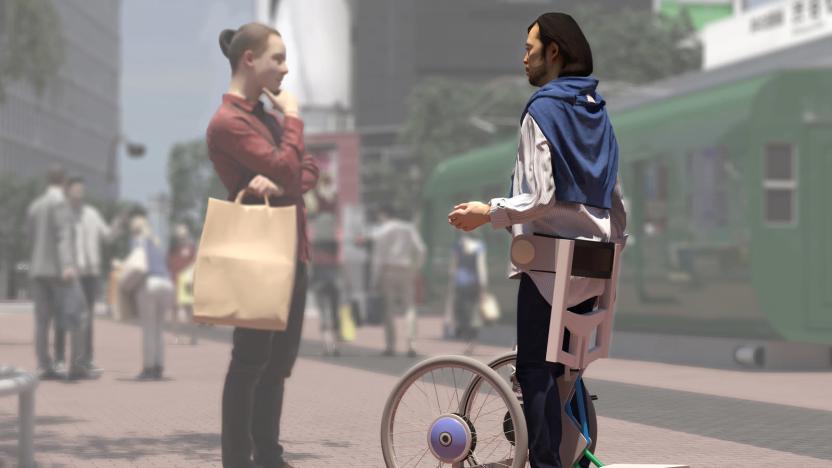
Toyota unveils finalists in $4 million quest to reinvent wheelchairs
Toyota's ongoing bid to modernize wheelchairs has borne some fruit. The automaker has unveiled the five finalists for its $4 million Mobility Unlimited Challenge after three years of competition, and all of them promise to rethink how people with mobility issues get around -- in some cases, without using a wheelchair at all. The project you see above is Qolo, a hybrid exoskeleton and wheelchair that can sit or stand. You could talk to standing people at eye level without losing the advantages of a conventional chair.
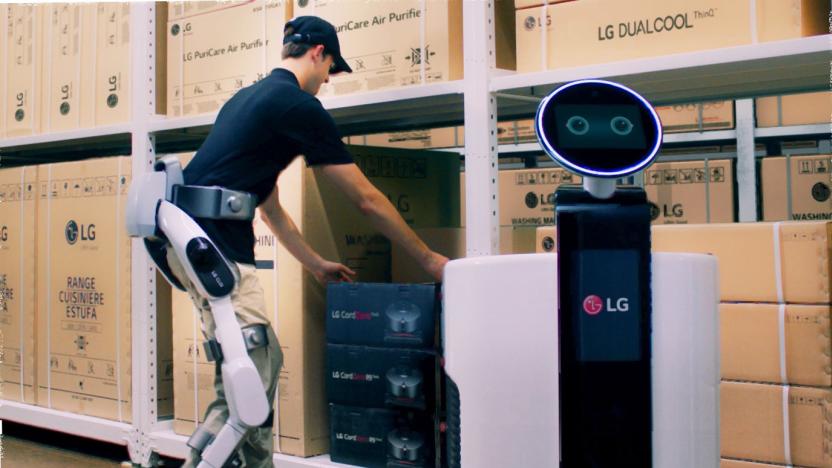
LG adds an exoskeleton to its line of CLOi robots
Today, LG announced that it will reveal its first robotic exoskeleton at IFA 2018, which takes place in Berlin from August 31st to September 5th. The exoskeleton, called LG CLOi SuitBot, is designed to support a user's legs to allow for more limb strength

Innovative wheelchair design isn’t for all wheelchair users
You'll often see positive news stories coming out of the tech press involving robotics projects that are designed to help people with mobility issues. Exoskeletons, like Toyota's WelWalk, ReWalk, and Ekso Bionics' eponymous walking frame, help people regain the use of their legs. Sit-stand wheelchairs are currently gaining lots of attention, and they do offer, for many people, much greater freedom and independence than standard chairs. But more often than not, they're designed for people with specific disability requirements -- and that means not everyone will get to use them.
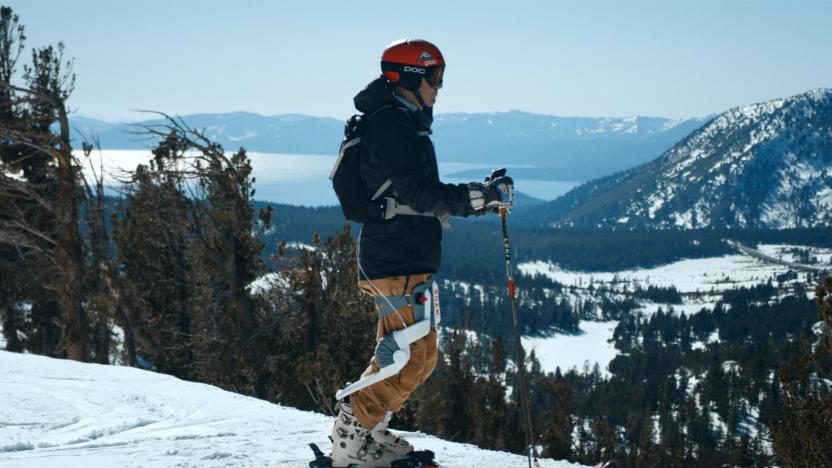
Exoskeleton for skiers gives your knees robotic boost
Skiing and snowboarding aren't gentle on your body, especially if you're taking on a challenging run or plan on a long day. Now, however, technology might ease your burden. Roam Robotics has unveiled an exoskeleton built expressly to reduce the burden on your knees. Sensors in the exoskeleton gauge your intent and use a mix of air bladders and fabric actuators to automatically tweak the torque in your knees. There's a manual option, too, if you know what motion to expect.
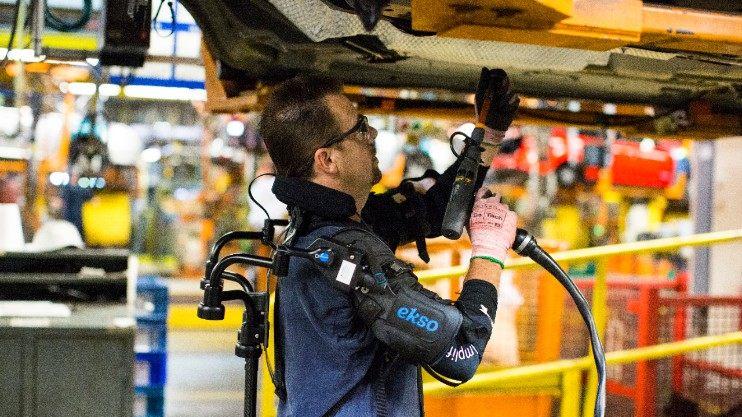
Ford tests exoskeleton to ease strain on factory workers
Companies are starting to propose functioning exoskeletons for real applications, from soldier support to helping paraplegic patients walk. But they could also be customized to help everyday workers with their harder tasks, as Lowe's lift-easing prototype demonstrated. Ford is taking a different tack by investing in the EksoVest, a new exoskeleton that supports factory employees' upper bodies to ease strain when lifting and performing overhead tasks.

Wandercraft's exoskeleton was made to help paraplegics walk
There's a reason you've never seen fully autonomous exoskeletons that help the disabled walk without crutches: Building one is crazy hard. But the founders of a Paris-based startup called Wandercraft are uniquely qualified to do it. They're roboticists who happen to have loved ones in wheelchairs, giving them both the expertise and motivation to develop an exoskeleton that helps users walk again. After years of development, they're nearly ready to show it to the public, following a round of promising patient trials.
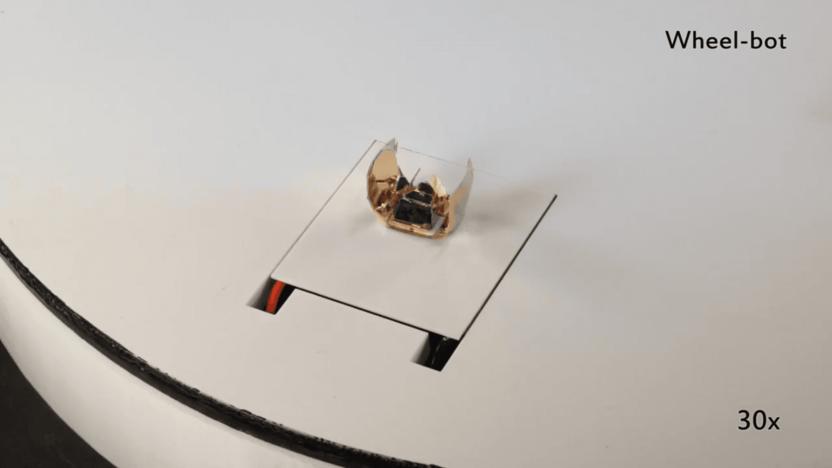
MIT CSAIL's origami-bot wears foldable exosuits
Unless alien machines that can turn into cars and trucks come and teach us their secrets, we'll have to conjure up our own ways to make transforming robots. Researchers from MIT CSAIL have been on it for years, and their latest method relies on a cube robot called "Primer" that changes shape and function by donning different exoskeletons. Primer, which was based on the cube-shaped machines the team developed in 2013, starts the process by moving to the center of the exoskeletons that start as flat sheets. After applying a bit of heat on the sheets, they fold into specific shapes using Primer as a core, turning into a boat, a glider or a wheel.
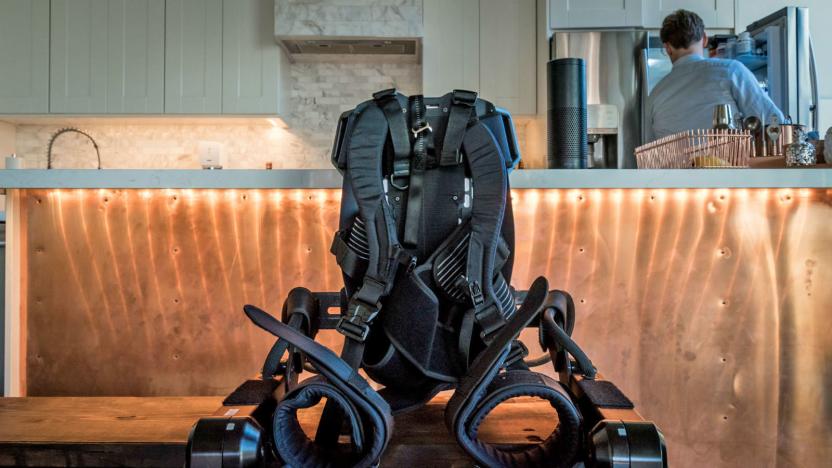
Amazon's Alexa can now steer exoskeletons
Exoskeletons don't come cheap and they're not one size fits all, making them a daunting prospect for the average buyer. But, some companies are working towards changing that. In December, Hyundai promised to make the suits cheaper. And, researchers are using machine learning to make them more accessible for people with mobility issues. That's where Bionik Laboratories comes in. The startup is adding Amazon's Alexa to its Arke lower-body exoskeleton, allowing wearers to control it with their voice. The exoskeleton is mainly aimed at those who have suffered spinal injuries. Although, its lower-body support mechanism could also aid stroke and traumatic brain injury victims, claims the company.

Russian exoskeleton suit turns soldiers into Stormtroopers
In a bid to make its armed forces look even more intimidating, Russia has taken inspiration from science-fiction to create some futuristic-looking new combat suits. Developed by the state-owned Central Research Institute for Precision Machine Building, this very Star Wars-esque combat armor features a powered exoskeleton, ballistic protection from bullets and shrapnel and a heads-up display. While just a concept at the moment, the suit's designers hope it will enter full production in the next few years.










